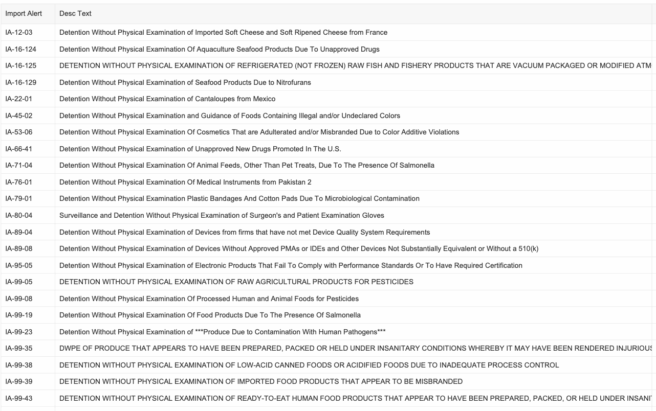The death of a 4-year-old Tennessee girl in May has been determined to be from E. coli O157:H7 in venison.
The girl was one of two patients diagnosed with infections from the pathogen. Both had consumed venison from the same processing facility in Puryear, TN, according to a report from the Tennessee Department of Health.
The Tennessee girl and a patient in Texas were infected with identical strains of the pathogen. The only common food the patients ate was venison from processing facility, which state officials are referring to as “Facility L.”
Staff from the Tennessee Department of Agriculture conducted a routine inspection at the facility and environmental health staff from the Tennessee Department of Health jointly performed a site visit at the facility that had processed venison consumed by both the Tennessee and Texas patients.
After matching the patients’ outbreak strains, the Tennessee Health Department reached out to the Texas Department of Health to see if the Texas patient shared any common exposures. The Texas patient’s illness onset was Nov. 17, 2024. The father of the Texas patient stated she and her family traveled to Murray, KY, a week before her illness onset.
An environmental sample from the meat processing facility was PCR positive for E. coli, but the pathogen was not isolated by culture. Without a cultured isolate, no whole genome sequencing could be performed on this sample to see if it matched the outbreak strain of STEC O157:H7.
There were no common restaurants or events in Kentucky and Tennessee shared by the two patients in the week before their illness onset, according to health officials who said venison from the processing facility was the likely source of the pathogen.
“No immediate violations or practices that could have contributed to meat contamination were identified during the site visit,” according to the investigation report, suggesting that the meat itself was contaminated before processing.
“. . . venison is a rare exposure among STEC cases in Tennessee, with approximately 2 percent of all STEC cases annually reporting contact with any wild game meat, including venison. The rarity of this shared exposure, combined with the link to a shared processing facility, contributed to a high level of suspicion of venison as the suspected source in this outbreak over other possible modes of transmission.”
Although venison from the Tennessee patient’s home tested negative for E. coli O157:H7, that does not indicate that the venison was not contaminated, according to the investigators. It is possible that the section of the deer that was contaminated was already consumed, or laboratory testing could not isolate the pathogen.
“Shiga toxin-producing E. coli was not detected or identified in any venison samples or other environmental swabs from the production facility,” according to the investigation report. “This could have been due in part to the lag time between the two cases’ illness onset — November 2024 for the Texas case and May 2025 for the Tennessee case — and the fact that the facility was no longer processing deer for the season at the time of our investigation.”
(To sign up for a free subscription to Food Safety News, click here)



